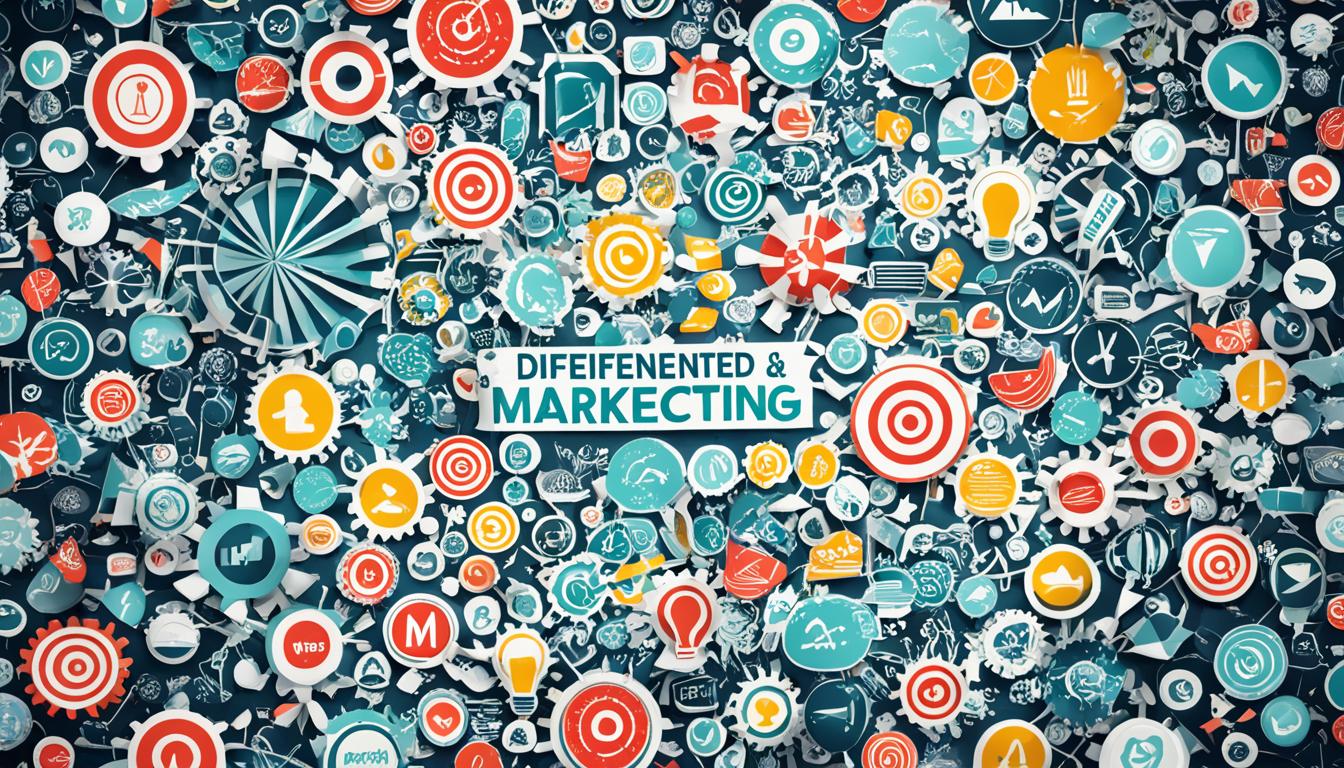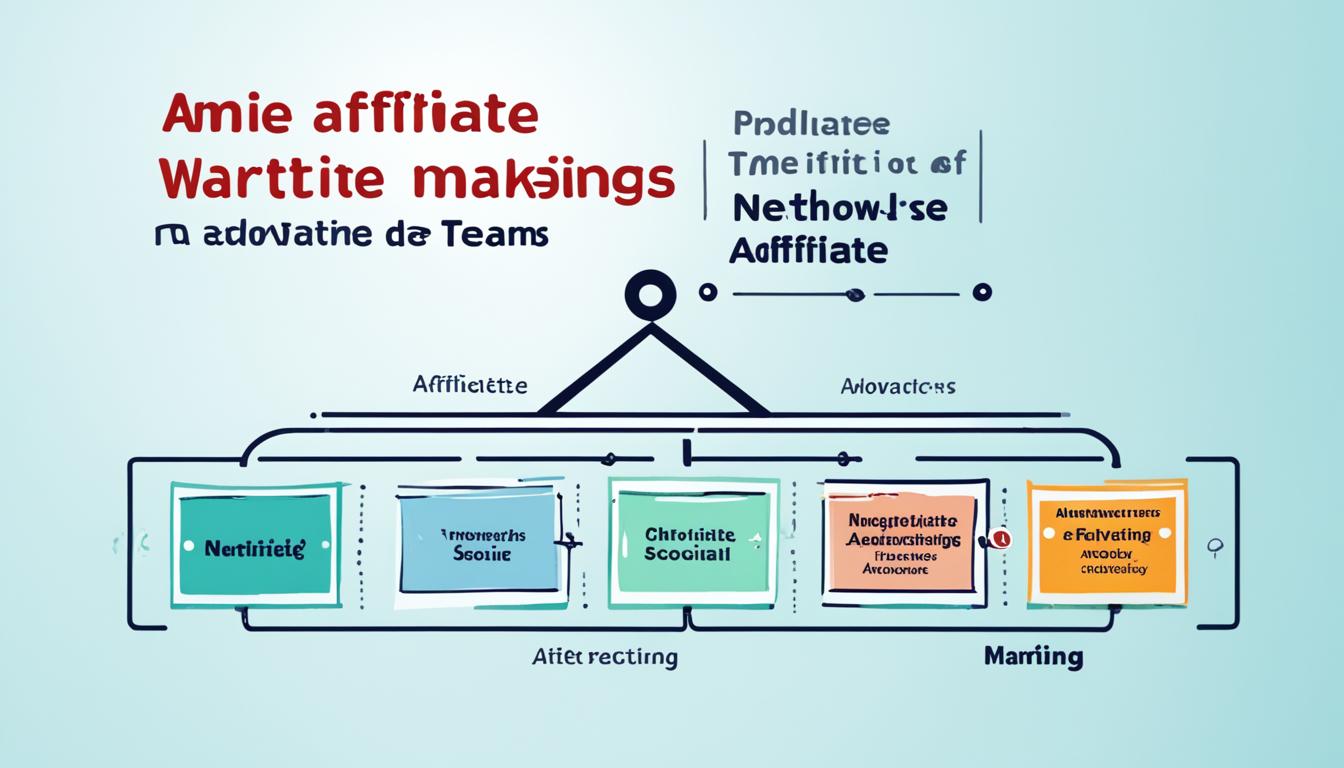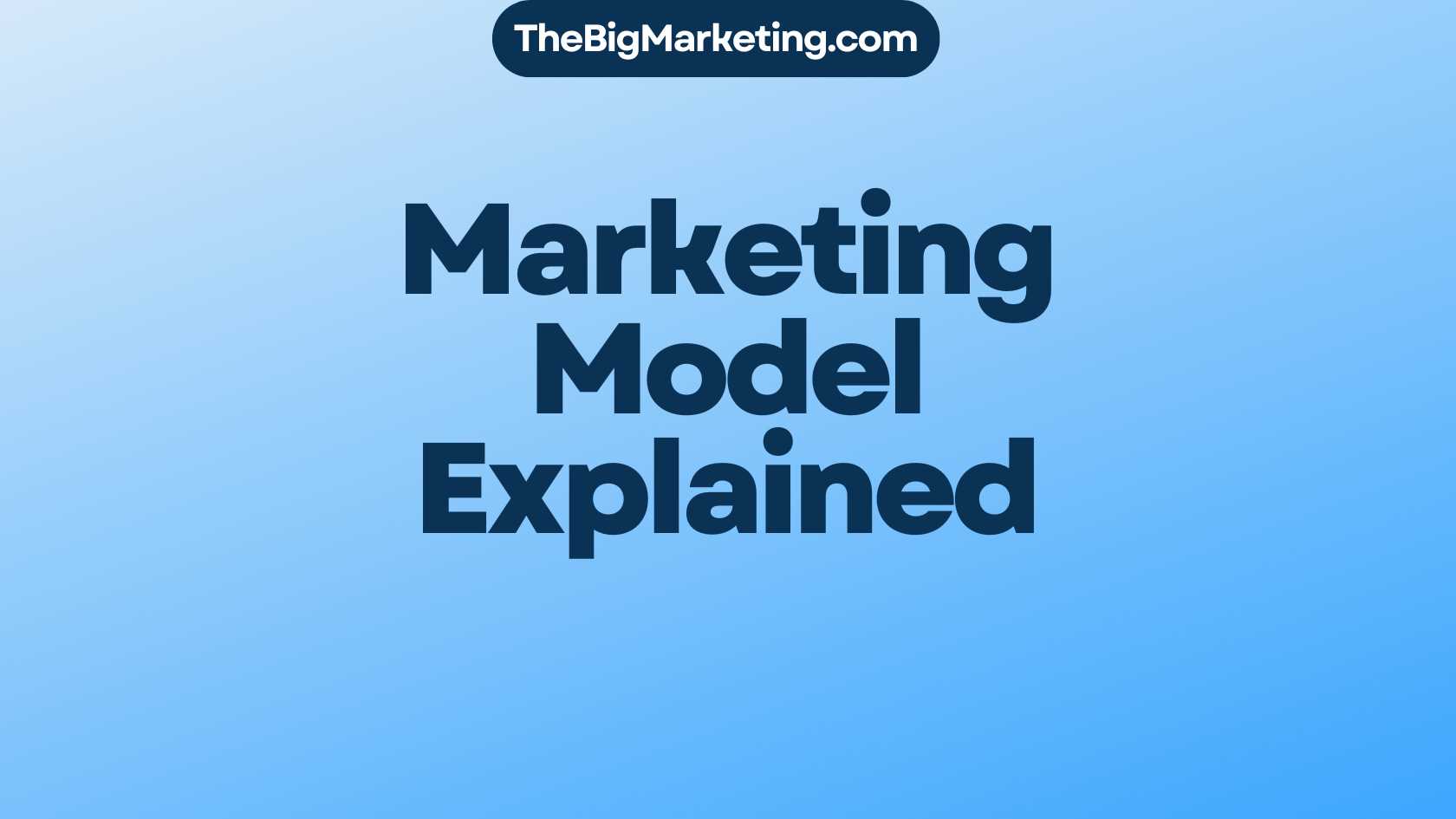Exclusivity in marketing is a powerful strategy. It makes a product or service feel special and valuable to consumers. By offering something rare or hard to get, businesses create a lot of interest.
This approach leads to more demand and loyalty. There are different ways to make a brand exclusive. You can offer special products, access, or experiences. To become exclusive, companies might release limited editions or start special programs for members.
Key Takeaways:
- Exclusivity in marketing creates a sense of unique value and desirability.
- It increases demand, urgency, and consumer loyalty.
- There are different types of exclusivity, including product, access, and brand exclusivity.
- Strategies like limited editions, exclusive partnerships, and membership programs can be used to achieve exclusivity.
- Exclusivity in marketing enhances brand perception and drives higher profit margins.
Impact of Exclusivity on Consumer Behavior
Exclusivity is key in shaping how we buy. When we see a product as exclusive, we want it more. This comes from our desire for status and fear of missing out. People rush to buy because they don’t want to miss being part of something special.
Wanting something special makes us act. Exclusivity means we can have something unique. We think highly of these items, seeing them as more valuable.
Exclusivity makes us want to buy quickly. Offers that are here today, gone tomorrow push us to act fast. We fear missing out on great deals, so we decide right away.
Exclusivity keeps customers coming back. By offering special products or events, brands build a strong bond. This makes us loyal and ready to support our favorite brands even more.
Types of Exclusivity in Marketing and Their Purpose
Exclusivity in marketing comes in various forms, each with its own goal. Let’s dive into the different types:
1. Product Exclusivity
Product exclusivity means offering something unique that’s hard to find elsewhere. This can be through special patents or making only a few items. Businesses target specific shoppers with these rare products. This approach helps draw in those who love unique, hard-to-find items.
2. Access Exclusivity
Access exclusivity is about making it a bit hard to get certain products or to go to events. This makes these items seem more valuable. By having sales by invitation or for a limited time, businesses make people really want these products. This kind of exclusivity is about making customers feel special because they have access others don’t.
3. Brand Exclusivity
Brand exclusivity makes a brand seem high-class and luxurious, attracting those who want top-notch experiences. This is done by creating a luxurious brand image, using high-quality materials, and partnering with famous people. This approach aims to attract a group of buyers looking for something beyond the ordinary.
Using these exclusivity strategies helps businesses stand out, meet different customer needs, and add an air of high status to their offerings.
| Type of Exclusivity | Purpose |
|---|---|
| Product Exclusivity | Target niche markets with unique offerings |
| Access Exclusivity | Create a sense of urgency and desire among consumers |
| Brand Exclusivity | Position the brand as elite and attract consumers who value prestige |
Strategies to Achieve Exclusivity
Businesses use different strategies to stand out in their marketing. These methods make their brand and products seem unique and desirable. They tap into our love for rare and special items, which boosts demand and loyalty.
Creating Limited Editions
Creating limited editions is a strong move for exclusivity. These editions make customers feel they’re getting something unique. The mix of scarcity and a short availability period raises the item’s value, sparking more interest and demand. This works well in fields where being unique and new matters a lot.
Establishing Exclusive Partnerships
Exclusive partnerships with similar brands or influencers also promote exclusivity. By collaborating, businesses can stand out and reach their partners’ customers. Partnering with well-known and selective brands or influencers helps improve a business’s image. It draws in customers who seek status and exclusivity.
Offering Membership Programs
Membership programs with special perks also create a feeling of exclusivity. Businesses offer benefits, early access to products, and unique experiences to loyal customers. These perks make customers feel important and part of an exclusive group. Such programs boost loyalty and create a sense of belonging and exclusivity.
Unique Collaborations
Teaming up with unique partners can make a brand stand out too. Working with distinctive and creative individuals or groups helps produce original products or experiences. These unique collaborations raise customer interest and make the brand seem innovative and desirable.
By using these strategies, businesses can make their marketing unique. This adds value and makes customers see their products as special and desirable.
Understanding Exclusive Distribution
Exclusive distribution is when a supplier teams up with only a few retailers. These retailers get to sell the supplier’s product in certain places or markets. This way, with few stores selling the product, it seems more exclusive and rare, making people want it more.
Companies like this strategy to make their brand seem more special. It’s popular in fields like luxury goods, cars, women’s clothes, big appliances, and furniture. Having unique products and few stores selling them helps brands stand out and seem more appealing.
In this arrangement, suppliers work closely with the chosen retailers. It makes the distribution network strong and focused. Suppliers can better control how their product is seen, how customers feel about their shopping experience, and how the brand is represented overall.
Both suppliers and retailers benefit from exclusive distribution. Suppliers get their products shown in the best light, making the brand seem more valuable and special. Retailers face less competition and can offer products that are unique. This attracts customers who like having things that not everyone can get, and who are willing to pay extra for it.
Advantages of Exclusive Distribution
- Enhanced brand image: Making products seem more prestigious and exclusive, boosting the brand’s appeal.
- Unique product availability: Fewer stores have the product, making it more sought after by shoppers.
- Stronger partnerships: Suppliers and retailers build tighter connections, leading to more cooperation and trust.
Disadvantages of Exclusive Distribution
- Reduced market reach: Having products in fewer stores might limit how many people can buy them.
- Risk of dependence: Relying on a few retailers can be risky if they struggle financially or lose interest in the product.
- Higher requirements for retailers: Retailers need to offer great customer service and a nice shopping environment, which can be hard for some.
Exclusive distribution can greatly help businesses aiming for product exclusivity. By choosing retailers wisely and building strong partnerships, suppliers can make their brand more appealing. This strategy leads to higher demand among customers who cherish rare and unique products.
Rewards and Risks of Exclusivity in Marketing
Making a product or service exclusive offers big wins for a business’s image and sales. It can make a brand seem more valuable and sought-after. This drives customer loyalty and sets the product apart. Here’s how exclusivity works wonders:
- Improved Brand Perception: An exclusive offer makes a brand look high-quality and prestigious. This boosts how people see the brand.
- Increased Demand: When something is hard to get, people want it more. This urgency leads to more people buying the product.
- Customer Loyalty: Exclusive items build a dedicated group of buyers. These customers feel special and keep coming back.
- Higher Profit Margins: Exclusive items can have higher prices. This means more profits for the business than in a competitive market.
But, there are downsides to being too exclusive. It might turn potential buyers away and cost sales. On top of that, staying exclusive can be expensive. This includes costs for making, promoting, and keeping the product unique. It’s key to find a good balance so the perks of exclusivity win over the risks.
Understanding Marketing Exclusivity in the Pharmaceutical Industry
In the world of medicines, marketing exclusivity is key to protecting drug development investments. It starts when the FDA says yes, and it stops other companies from selling similar drugs for a while. This is not the same as patents, which protect ideas, or how drugs are priced. Marketing exclusivity lets drug makers have a safe time to earn back their spending and make big profits.
Marketing exclusivity acts like a shield from generic drugs in that time. It helps drug creators make a mark in the market and get their money back. This period is crucial for them to promote their drug, become well-known, and get a strong place in the market.
There are different types of marketing exclusivity, each for specific situations. These include:
- Biologic Exclusivity: This gives 12 years of protection to biologic drugs, which are made from living things and cost a lot to research.
- Orphan Drug Exclusivity: Orphan drugs treat rare diseases. This type gives 7 years of protection, pushing developers to work on rare condition medicines.
- New Chemical Entity Exclusivity: This gives 5 years of protection to drugs with new chemical structures. It encourages the creation of unique drugs.
- Additional Exclusivities: Other types include pediatric exclusivity, which adds 6 months more, and ones for doing certain studies.
But marketing exclusivity doesn’t always mean a drug will be profitable. It just keeps competitors away. The drug’s price depends on many things like how much it costs to make, demand, and rules. Pricing drugs is still a very intricate part of the medicine world.
In conclusion, marketing exclusivity is very important in the medicine world. It protects the money and effort put into new drugs and sparks new discoveries. By knowing all about the different types of exclusivity, drug companies can better plan their strategies and move ahead.
Duration and Requirements of Marketing Exclusivity
The length of marketing exclusivity varies by type. Each type has unique rules to qualify.
Biologic Exclusivity:
Biologic exclusivity lasts 12 years. It’s for new biological products. This stops competition for a long time.
Orphan Drug Exclusivity:
Orphan drug exclusivity is 7 years long. It aims to encourage making drugs for rare diseases. Companies get exclusive rights to sell their orphan drug.
New Chemical Entity Exclusivity:
This exclusivity is for 5 years. It’s for drugs with new active ingredients. These ingredients must not have FDA approval before.
Clinical Investigation Exclusivity:
Clinical investigation exclusivity is 3 years. It rewards drugs that have new studies. These studies must offer big improvements in treatment or care.
Pediatric Exclusivity:
Pediatric exclusivity adds 6 more months to other exclusivities. It motivates drug studies for kids. This helps make drug labels for children.
Understanding and meeting these exclusivity requirements is vital. It allows drug developers to safeguard their work and stay ahead in the market.
Importance of Marketing Exclusivity for Drug Developers
Marketing exclusivity is key for drug creators. It gives them market safety and cuts down on competition. After a drug gets FDA okay, its maker gets a set time to sell it alone. No one else can market the same or tweaked versions during this time.
This exclusive time is critical. It lets drug makers position their product as the main low-cost choice. Without rivals, creators can build their brand and get it used early by pharmacies and hospitals. This early lead helps healthcare providers and folks to get on board, improving the drug’s acceptance.
Knowing the rules of marketing exclusivity is a must for drug creators. They need this for planning how to develop and sell their products. With this edge, developers can better handle the tough drug market. This boosts their chances of doing well.
Development Strategies for Marketing Exclusivity
There are key tactics to make the most of marketing exclusivity. Drug developers pick strategies that fit their goals and the market situation. These include:
- Putting money into strong research to find new drugs that meet unsolved health issues.
- Creating partnerships with schools, research groups, and other drug companies to improve drug-making.
- Running detailed testing to prove the drug’s safety and work well, meeting regulation needs.
- Getting patents and other legal shields to keep others from copying their work.
- Starting impactful marketing efforts to teach doctors and the public about the drug’s good points.
Using these tactics, drug creators can really benefit from marketing exclusivity. This helps them stand out in the market and successfully launch their products.
| Marketing Exclusivity Incentive | Market Protection | Competition | Duplicate Products |
|---|---|---|---|
| Provides a fixed period of exclusive marketing rights | Minimizes competition from similar products | Allows drug developers to establish dominance in the market | Protects against the introduction of identical or reformulated drugs |
Conclusion
Exclusivity in marketing is a strong way to affect how customers act and increase their interest in products or services. It makes brands seem more special and wanted, which can make customers more loyal and boost profits. Companies use special editions, unique partnerships, and members-only programs to make their offerings stand out.
Knowing the different types of marketing exclusivity is crucial, particularly for those making medicines. This knowledge lets drug makers protect their investments and position their products as top low-cost choices. It also helps get their drugs quickly into hospitals and pharmacies.
To wrap up, exclusivity makes businesses stand out, creating a special charm and loyalty among customers. With smart strategies and a grasp of what customers want, businesses can use exclusivity to thrive in a tough market.


